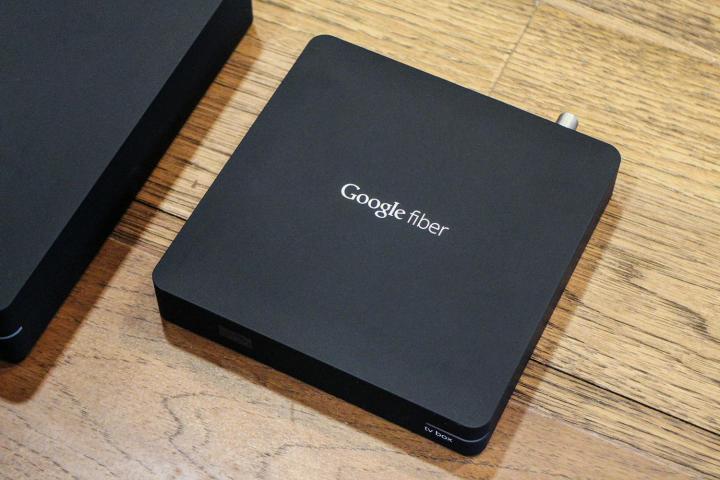
Google Fiber has come quite a long way in terms of bringing high-speed Internet to a few cities across the U.S., but now it’s dreaming even bigger. The ability to create a wireless home Internet service could change the whole Internet sector, allowing broadband companies to better address the “last mile” issue they face. Currently, companies have to find a way to connect a series of wires in order to provide service. But just maybe, that could soon be a thing of the past.
“We are experimenting with a number of different wireless technologies,” Access CEO Craig Barratt, who runs the Fiber program, said in an interview with Re/code. “One of the things that is intriguing about wireless is that it allows you reach houses and users that are in lower density settings — where fiber becomes too expensive. So providing fixed wireless services using some of the technologies we think are ways of accelerating our deployments.”
If Google is successful with this new venture, it would be able to go head to head with over providers, including big names like AT&T, Verizon, Time Warner, and Comcast.
Ultimately, Barratt says, “We’re trying to figure out how to remove barriers that prevent more consumer choice.” And while he hasn’t revealed much by way of details into Fiber’s plans for further expansion, it seems safe to assume that you may soon be able to get all your Internet from Google — not just the access you have at Starbucks.
